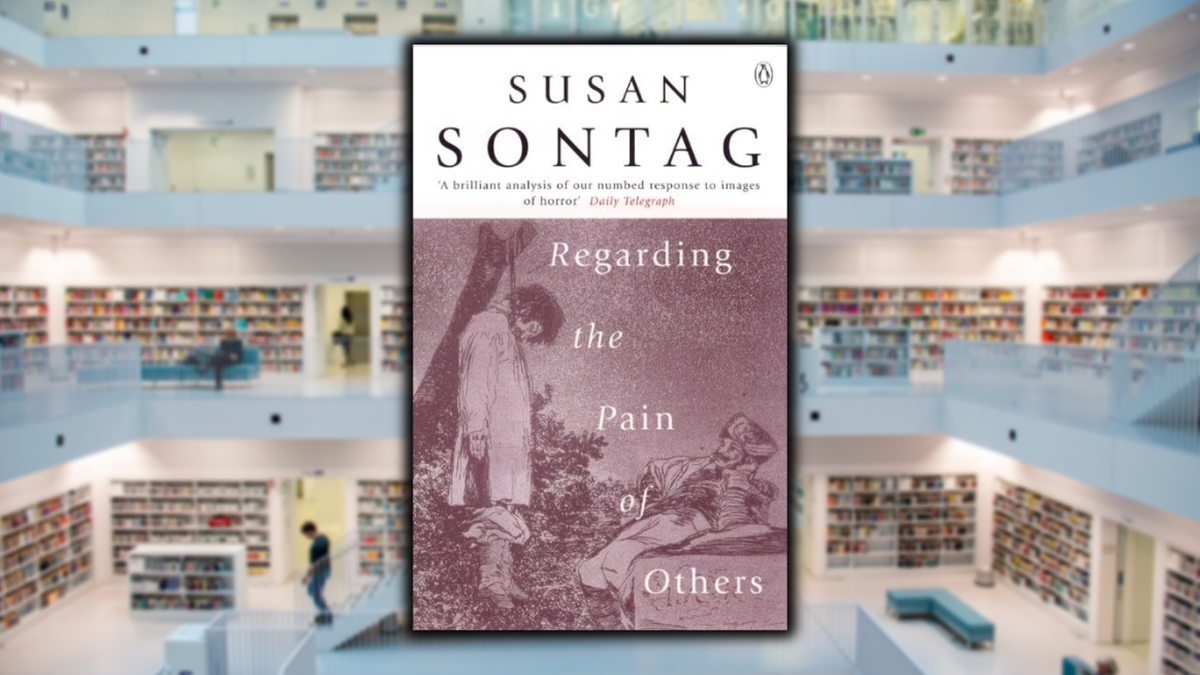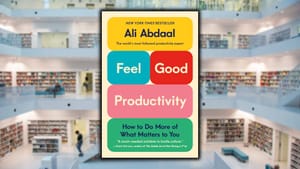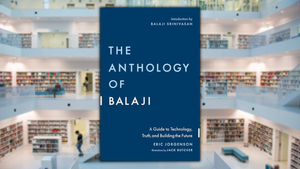
This Book is For:
*Literally anyone concerned about the level of violence present in the world today - or, at least, the violence presented to our awareness - and who sees the value in thinking deeply about the kind of society that allows it to continue.
*Students of history who want to investigate how the images we create and share also shape our worldview and beliefs about human history, not to mention our human future.
*Photographers and anyone who works in media or content creation and who is interested in exploring the relationship between viewer and creator, and between feeling and action.
Summary:
“To paraphrase several sages: Nobody can think and hit someone at the same time.”
-Susan Sontag
Are we changed by the images we're constantly exposed to during the day? Especially where images of violence, suffering, and misery are concerned, are we moved to action? Inspired to help? Informed? Depressed? Do they teach us, or numb us?
These are the questions that the brilliant essayist Susan Sontag asks us to consider for ourselves in this book-length essay that was nominated for the National Book Critics Circle Award and was her last published book before her death in 2004.
Regarding the Pain of Others is concerned mainly with photography, especially war photography. One of its aims is to answer Virginia Woolf's question from her book, Three Guineas, "How, in your opinion, are we to prevent war?"
Sontag wastes no words in examining what it means to care about what we see, and whether, eventually, we become anesthetized by the images we see so often, no matter what their graphic nature or the extremely unsettling moral claims they make on our attention and our actions.
Where it gets really interesting is when she focuses specifically on famous photos from history that have later been found to have been staged.
If a corpse or a bloody helmet is moved to a more "photogenic" location, does it have the same meaning as one that's more...candid? And can gruesome photos be artistic? Should they be?
What about framing - can't whatever the photographer leaves out change the whole meaning and reception of the image? If yes, isn't that also true of the caption? And what about the victims/subjects? Should they be named? What about privacy, dignity, and decency?
It's astounding how one photograph can lead us to ask so many uncomfortable - albeit fascinating - questions, and Sontag faces them all down with inimitable insight, compassion, and subdued, righteous anger.
One of the largest strings of questions she raises concerns the limits of our sympathy and our obligations to others - either as creators and purveyors of these distressing photos or as consumers of other people's pain.
Critiquing famous photographs and images like Goya's "The Disasters of War" to photographs of the American Civil War, Nazi death camps, horrific images of Bosnia, Sierra Leone, Rwanda, Israel, Palestine, and more, she offers us nowhere to hide from our responsibilities and our deepest, unexamined beliefs about the kind of world we live in and what we want it to be. It's a challenging book - as the best ones are - but not unclear or overcomplicated.
To experience someone else's pain is probably too much to ask from photography; there's always going to be a sense of distance, an essential difference between "viewer" and "subject." But I think to remain unaffected - or even to believe that you can remain unaffected is a mistake.
In Adam Smith's lesser-known book, The Theory of Moral Senses, he places sympathy at the center of "social gravity," and Sontag makes a persuasive case in her book that once we lose our sympathy, we've taken a significant step toward losing our humanity.
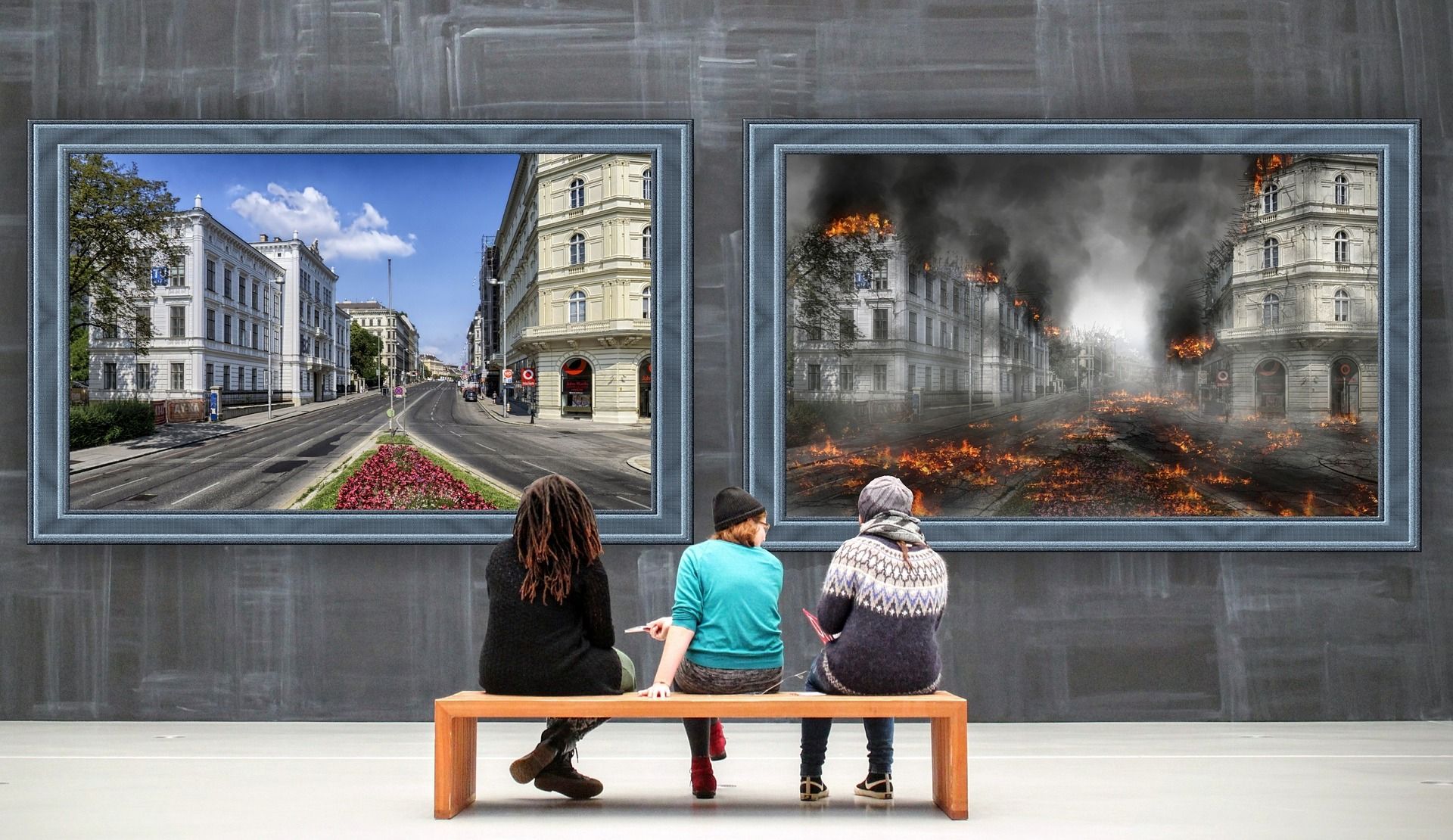
Key Ideas:
#1: There Is No "We" When It Comes to Pain
“No 'we' should be taken for granted when the subject is looking at other people's pain.”
At the very beginning of her book, Sontag asks us to think about the various "I's" that constitute the audience for images of war and pain, and whether they can ever really coalesce into a collective "we." This is one of her main points. She uses this as a jumping-off point to discuss the different uses for which these images can be put by various groups.
The idea of "we" assumes that we're all interested, as humans, in the repudiation of war, when obviously, this isn't the case at all. The same image can inspire one person to ever-greater patriotism and commitment to armed conflict as the means to further their cause. Yet, to another person, it could launch them on a lifelong journey to spread peace and understanding.
The distinction to be made isn't just between "men and women," or "warmongers and peacemakers," but also between the reality of war as others experience it, and the reaction of everyone else who is simply a far-away observer of such terrors.
"We" could also include advertisers (more on them later) whose main purpose is to capture attention, and it could also include militants, each with their own aims and objectives, which they can use the images themselves to further. As Sontag explains:
“The photographer’s intentions do not determine the meaning of the photograph, which will have its own career, blown by the whims and loyalties of the diverse communities that have use for it.”
A key figure for Sontag is the novelist Virginia Woolf, whose essay, Three Guineas, provided the initial spark to Sontag's line of thinking here. Some people think of Woolf as a little bit of a snob, but quoted here by Sontag, she makes the point about the duty of intellectuals to embrace and enliven their empathy:
“Not to be pained by these pictures, not to recoil from them, not to strive to abolish what causes this havoc, this carnage – these, for Woolf, would be the reactions of a moral monster. And, she is saying, we are not monsters, we members of the educated class. Our failure is one of imagination, of empathy: we have failed to hold this reality in mind.
But is it true that these photographs, documenting the slaughter of non-combatants rather than the clash of armies, could only stimulate the repudiation of war? Surely they could also foster greater militancy on behalf of the Republic. Isn’t this what they were meant to do?”
#2: Images Wait to Be Falsified by Their Captions
“To the militant, identity is everything. And all photographs wait to be explained or falsified by their captions. During the fighting between Serbs and Croats at the beginning of the recent Balkan wars, the same photographs of children killed in the shelling of a village were passed around at both Serb and Croat propaganda briefings. Alter the caption, and the children’s deaths could be used and reused.”
#3: Violence Turns Anyone Subjected to It Into a "Thing"
“The destructiveness of war – short of total destruction, which is not war but suicide – is not in itself an argument against waging war unless one thinks (as few people actually do think) that violence is always unjustifiable, that force is always and in all circumstances wrong – wrong because, as Simone Weil affirms in her sublime essay on war, ‘The Iliad, or The Poem of Force’ (1940), violence turns anybody subjected to it into a thing.
No, retort those who, in a given situation, see no alternative to armed struggle, violence can exalt someone subjected to it into a martyr or a hero. In fact, there are many uses of the innumerable opportunities a modern life supplies for regarding – at a distance, through the medium of photography – other people’s pain.
Photographs of an atrocity may give rise to opposing responses. A call for peace. A cry for revenge. Or simply the bemused awareness, continually restocked by photographic information, that terrible things happen.”
#4: Compassion, Translated Into Action
“Compassion is an unstable emotion. It needs to be translated into action, or it withers. The question of what to do with the feelings that have been aroused, the knowledge that has been communicated. If one feels that there is nothing 'we' can do - but who is that 'we'? - and nothing 'they' can do either - and who are 'they' - then one starts to get bored, cynical, apathetic.”
If all this talk about conflicting motivations, agendas, and worldviews seems like an endlessly confusing and confounding tangle, it's because it is. In the present context, even the relatively uncontroversial concept of compassion needs to be critically examined.
Sontag is concerned here with the fickleness and unreliability of compassion as a motivator and a spur to action. Caring about something doesn't automatically make us do something about it, as she explains. We may come across an image of some horrendous injustice perpetuated on some other human being - and we may care deeply in the present moment - but the circumstances of our own lives, our own concerns, resources, and situation, prevent us from taking meaningful action to help.
This is true for all of us, and not necessarily a personal failure of yours or mine. It just raises more questions: What do we reasonably owe to others? What are our responsibilities to act on what we've seen and witnessed? How are we best able to help? What are our obligations in these kinds of situations?
That last question is one I find particularly interesting. One of my biggest intellectual influences of all time, Simone Weil, speaks about this quite intelligently. She sidesteps the question of what "rights" we have and asks the much more fruitful question: "What are our obligations toward one another?"
It's a whole new way of looking at morality, and Weil completely changed the direction of my thinking once I meaningfully engaged with her question. Rights are focused on me, "the ego," but true compassion begins with our obligations to others - how we can help and what we can give. Obviously, everyone has rights. They are unbelievably, unquestionably important. But they must be balanced by obligations if we ever expect to create a moral society.
So we need to do something - we need to offer our help and support to others and do so often and freely. But how? And where are we to begin? Can we even do anything meaningful, or are the world's problems too great? This is what Sontag is asking us to consider.
The answer to the question, "Where do I start?" is, of course, "Somewhere." You start somewhere, do what you can, and give what you can; do the best you know how to do, and when you know better, do better.
#5: Staging Death
“What is odd is not that so many of the iconic news photos of the past, including some of the best-remembered pictures from the Second World War, appear to have been staged. It is that we are surprised to learn they were staged, and always disappointed.
The photographs we are particularly dismayed to find out have been posed are those that appear to record intimate climaxes, above all, of love and death. The point of ‘The Death of a Republican Soldier’ is that it is a real moment, captured fortuitously; it loses all value should the falling soldier turn out to have been performing for Capa’s camera.”
The photographer Robert Capa was a well-known war photographer responsible for taking a now-iconic photo, sometimes called The Falling Soldier, during the Spanish Civil War. It's a black-and-white photograph depicting the instant death of anarchist militiaman Federico Borrel Garcia - shot to death by an enemy bullet.
It first appeared in Life magazine across from a full-page ad for Vitalis, a hair cream, with neither image implied to be any more important than the other. The Falling Soldier was said by many to be the "greatest photo ever taken," but now, just as many people claim that it's completely fake. So which is it? And even if it was staged, does that take anything away from the force of its "message"? Is there a message in there somewhere? Or is it simply voyeurism disguised as an art form?
Viewers of the photograph were initially led to believe that they were "insiders" witnessing something real and immediate. But now, once we have discovered that it may have been staged - the identity of the soldier is even debated now - we feel cheated.
To "frame" is to exclude; no matter how honest the photographer is, what they choose to leave out of the photo can change its meaning completely. But a complete staging of something so personal and important? Isn't that going too far?
Sontag's point is that we, as viewers, want special, privileged access to the most intimate human experiences. Photography as an art form and medium of expression allows us to witness these moments, if only vicariously and at a distance. We trust the photographer not to misrepresent reality, regardless that even the most gifted photographers always have to exclude something. As Sontag says in her own words:
“We want the photographer to be a spy in the house of love and death, and those being photographed to be unaware of the camera, ‘off guard.’ No sophisticated sense of what photography is or can be will ever weaken the satisfactions of a picture of an unexpected event seized in mid-action by an alert photographer.”
#6: The Images Speak
“The images say: This is what human beings are capable of doing – may volunteer to do, enthusiastically, self-righteously. Don’t forget. This is not quite the same as asking people to remember a particularly monstrous bout of evil. (‘Never forget.’)
Perhaps too much value is assigned to memory, not enough to thinking. Remembering is an ethical act, has ethical value in and of itself. Memory is, achingly, the only relation we can have with the dead. So the belief that remembering is an ethical act is deep in our natures as humans, who know we are going to die, and who mourn those who in the normal course of things die before us – grandparents, parents, teachers, and older friends. Heartlessness and amnesia seem to go together.
But history gives contradictory signals about the value of remembering in the much longer span of a collective history. There is simply too much injustice in the world. And too much remembering (of ancient grievances: Serbs, Irish) embitters. To make peace is to forget. To reconcile, it is necessary that memory be faulty and limited. If the goal is having some space in which to live one’s own life, then it is desirable that the amount of specific injustices dissolve into a more general understanding that human beings everywhere do terrible things to one another.”
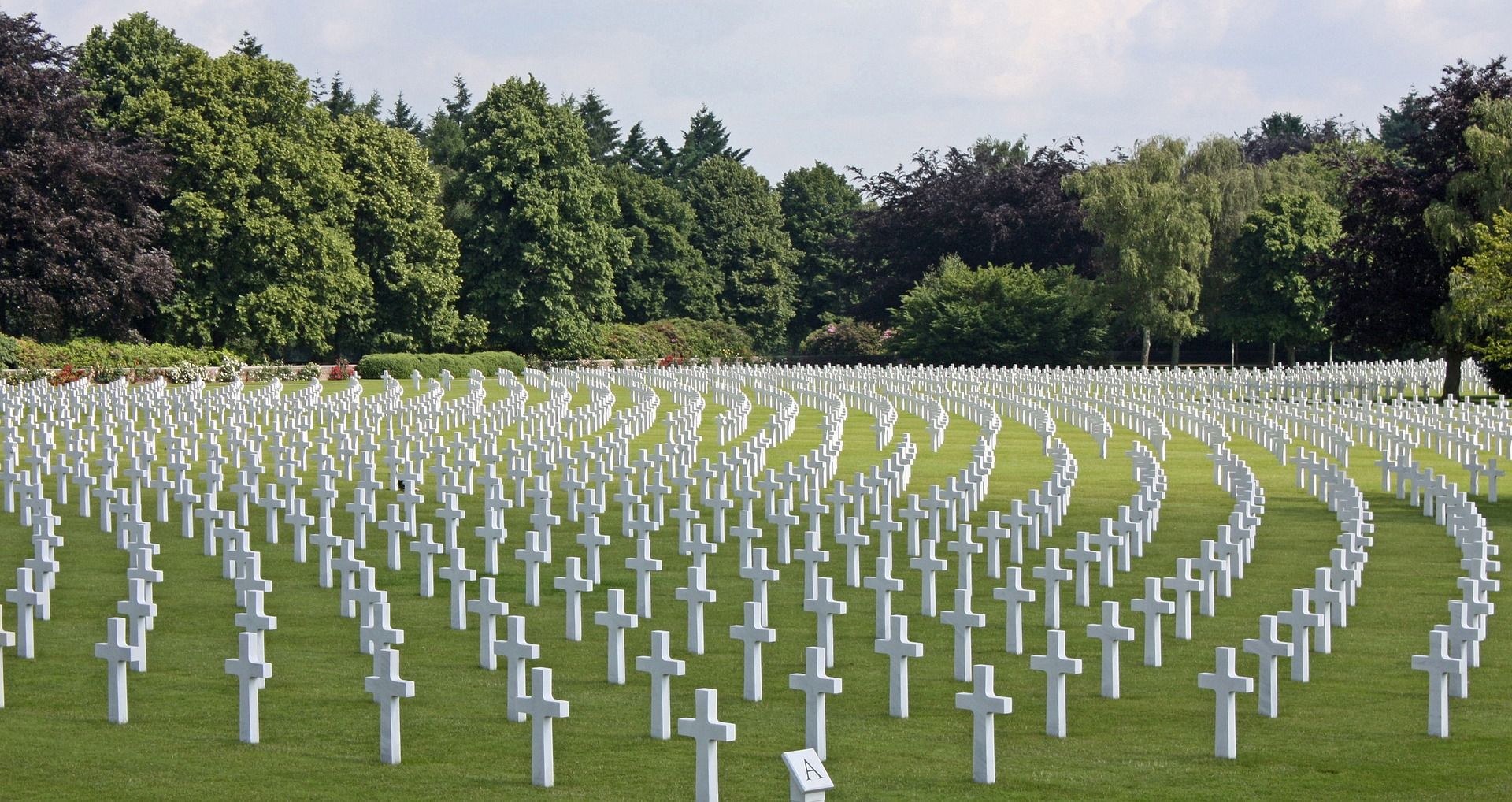
Book Notes:
“Wherever people feel safe, they will be indifferent.”
“Conscripted as part of journalism, images were expected to arrest attention, startle, surprise. As the old advertising slogan of Paris Match, founded in 1949, had it: ‘The weight of words, the shock of photos.’
The hunt for more dramatic (as they’re often described) images drives the photographic enterprise, and is part of the normality of a culture in which shock has become a leading stimulus of consumption and source of value. ‘Beauty will be convulsive, or it will not be,’ proclaimed Andre Breton. He called this aesthetic ideal ‘surrealist,’ but in a culture radically revamped by the ascendency of mercantile values, to ask that images be jarring, clamorous, eye-opening seems like elementary realism as well as good business sense.
How else to get attention for one’s product or one’s art? How else to make a dent when there is incessant exposure to images, and overexposure to a handful of images seen again and again?”
“Burrows was the first important photographer to do a whole war in color – another gain in verisimilitude, that is, shock.”
“In the current political mood, the friendliest to the military in decades, the pictures of wretched hollow-eyed GIs that once seemed subversive of militarism and imperialism may seem inspirational. Their revised subject: ordinary American young men doing their unpleasant, ennobling duty.”
“Exception made for Europe today, which has claimed the right to opt-out of war-making, it remains as true as ever that most people will not question the rationalizations offered by their government for starting or continuing a war. It takes some very peculiar circumstances for a war to become genuinely unpopular. (The prospect of being killed is not necessarily one of them.)”
“To photograph is to frame, and to frame is to exclude.”
“Everyone is a literalist when it comes to photographs.”
“The camera is the eye of history.”
“By the time of the landing in France – June 6, 1944 – photographs of anonymous American casualties had appeared in a number of news magazines, always prone or shrouded or with their faces turned away. This is a dignity not thought necessary to accord to others. The more remote or exotic the place, the more likely we are to have full-frontal views of the dead and dying."
“These sights carry a double message. They show a suffering that is outrageous, unjust, and should be repaired. They confirm that this is the sort of thing which happens in that place. The ubiquity of those photographs, and those horrors, cannot help but nourish belief in the inevitability of tragedy in the benighted or backward – that is, poor – parts of the world.”
“Generally, the grievously injured bodies shown in published photographs are from Asia or Africa. This journalistic custom inherits the centuries-old practice of exhibiting exotic – that is, colonized – human beings: Africans and denizens of remote Asian countries were displayed like zoo animals in ethnological exhibitions mounted in London, Paris, and other European capitals from the sixteenth until the early twentieth century.
In The Tempest, Trinculo’s first thought upon coming across Caliban is that he could be put on exhibit in England: ‘not a holiday fool there but would give a piece of silver…When they will not give a doit to relieve a lame beggar, they will lay out ten to see a dead Indian.’ The exhibition in photographs of cruelties inflicted on those with darker complexions in exotic countries continues this offering, oblivious to the considerations that deter such displays of our own victims of violence; for the other, even when not an enemy, is regarded only as someone to be seen, not someone (like us) who also sees.
But surely the wounded Taliban soldier begging for his life whose fate was pictured prominently in The New York Times also had a wife, children, parents, sisters and brothers, some of whom may one day come across the three color photographs of their husband, father, son, brother being slaughtered – if they have not already seen them.”

Important Insights from Related Books:

Evicted, by Matthew Desmond:
This nonfiction account of the nationwide scourge of homelessness in America has won almost every book award that I could name off the top of my head and dozens that I couldn't. To name just a few, it's won The Pulitzer Prize, the National Book Critics Circle Award for Nonfiction, The PEN/John Kenneth Galbraith Award for Nonfiction, The Andrew Carnegie Medal for Excellence in Nonfiction, the Hillman Prize for Book Journalism, and many, many more.
So yes, it's good. In the book, Princeton sociologist Matthew Desmond takes to the field and follows eight families in Milwaukee as they battle the indignities and hardships of being poor in 21st-century America. Economic exploitation is nothing new, but here, Desmond actually leaves the protected enclosure of academia and spends a significant amount of time experiencing first-hand what millions of Americans live with each and every day.
Much of this book is depressing and unbelievably sad. That much is obvious. But what is also clear is that, even in the darkest corners of America's housing crisis, poverty has not completely prevailed against the deep humanity of the people whom Desmond came to know and trust.
In the worst, most depressing situations, people can still laugh, can still come through for one another, and can still keep moving forward. America has also made impressive strides over the years regarding housing. The work is nowhere near complete, but good people everywhere have begun.
Sample Quotes from the Book:
“These days, there are sheriff squads whose full-time job is to carry out eviction and foreclosure orders. There are moving companies specializing in evictions, their crews working all day, every weekday."
“If she told someone how damaged she was, and how she coped, would she be allowed to keep her children? This mother didn't know and wasn't going to find out."
"This degree of inequality, this withdrawal of opportunity, this cold denial of basic needs, this endorsement of pointless suffering - by no American value is this situation justified. No moral code or ethical principle, no piece of scripture or holy teaching, can be summoned to defend what we have allowed our country to become."
Read the Full Breakdown: Evicted, by Matthew Desmond
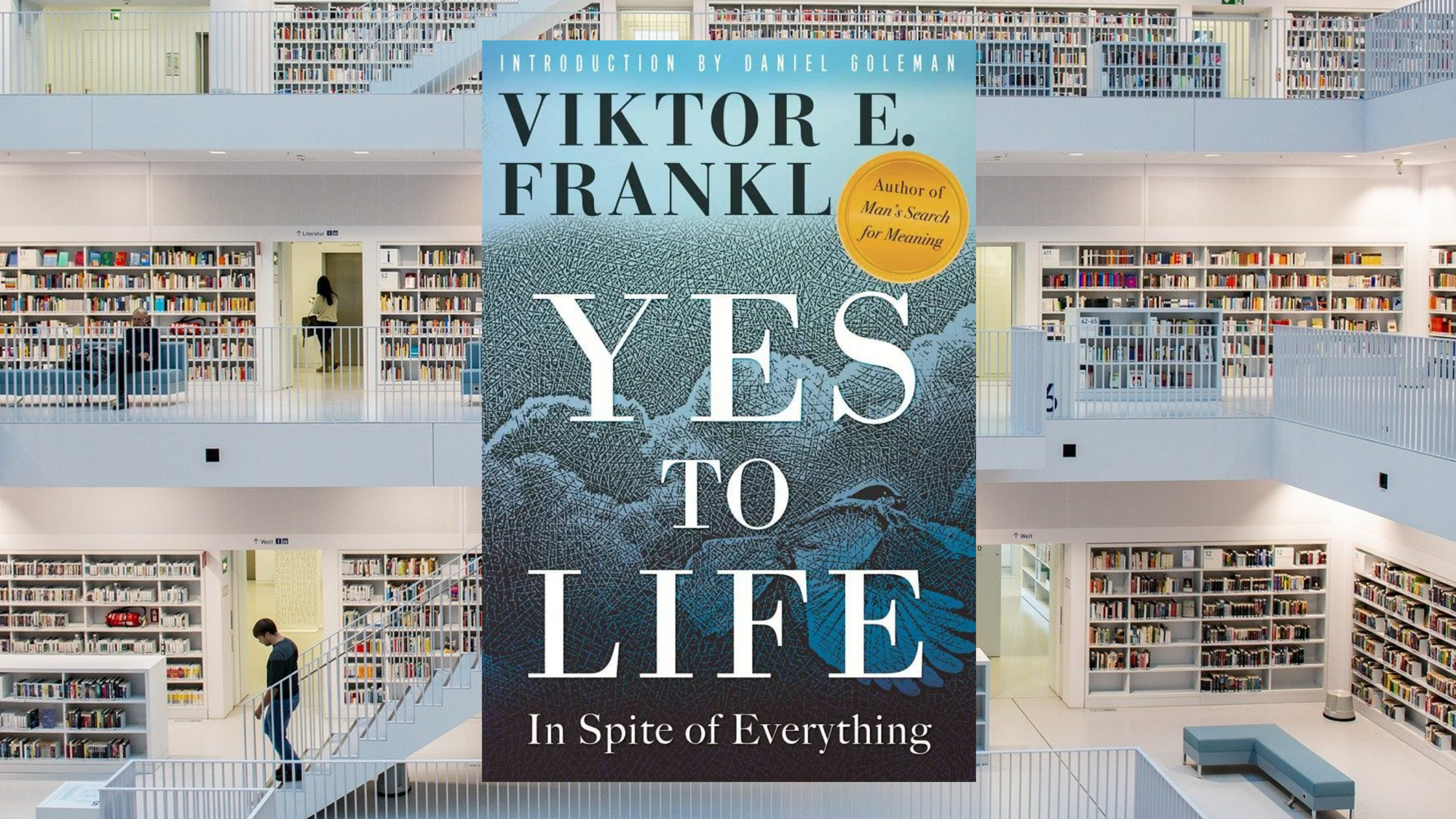
Yes to Life: In Spite of Everything, by Viktor Frankl:
A new Viktor Frankl book? Is this for real? Yes, yes, a thousand times, yes! Published for the first time in English, Yes to Life: In Spite of Everything, which was delivered as a series of lectures just 11 months after Frankl was liberated from a Nazi concentration camp, contains his stirring conviction that life is the ultimate value, and that every moment of life is both meaningful and worthwhile.
In 1942, just months after getting married, Viktor Frankl was rounded up, arrested, and brought to the concentration camp Theresienstadt, along with his entire family. Six months after that, his father died in the camps. And eventually, his whole family would perish there. Frankl, however, wouldn't find this out until after he was released in 1946. Wife, children, parents - all gone. Victims of the Nazi death machine that was to terminate the lives of more than 6 million Jews in just a few short years.
Despite four years of being beaten and starved and hounded by the Nazis, despite never knowing whether he'd see his family again, and despite the constant threat of instant, violent death, Frankl endured. He transmogrified his greatest suffering into his greatest strength.
Sample Quotes from the Book:
“It is not we who are permitted to ask about the meaning of life – it is life that asks the questions, directs questions at us – we are the ones who are questioned! We are the ones who must answer, must give answers to the constant, hourly question of life, to the essential ‘life questions.’
Living itself means nothing other than being questioned; our whole act of being is nothing more than responding to – of being responsible toward – life. With this mental standpoint, nothing can scare us anymore, no future, no apparent lack of a future.
Because now the present is everything as it holds the eternally new question of life for us. Now everything depends on what is expected of us. As to what awaits us in the future, we don’t need to know that any more than we are able to know it.”
“Fate really is integral in the totality of our lives; and not even the smallest part of what is destined can be broken away from this totality without destroying the whole, the configuration of our existence.”
“Ultimately that was the entire purpose of these three parts: to show you that people can still—despite hardship and death (first part), despite suffering from physical or mental illness (second part) or under the fate of the concentration camp (third part)—say yes to life in spite of everything.”
Read the Full Breakdown: Yes to Life: In Spite of Everything, by Viktor Frankl
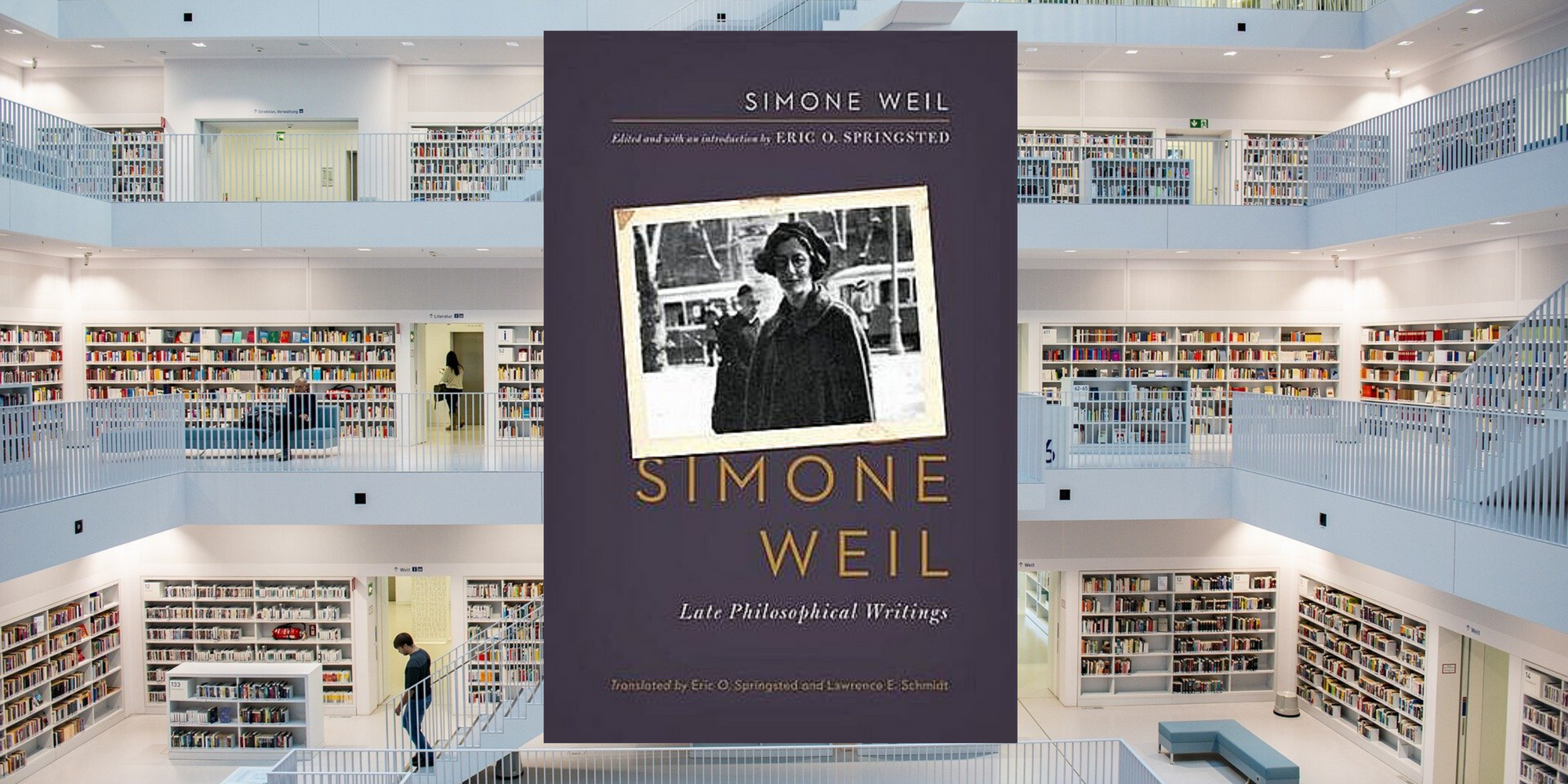
Simone Weil: Late Philosophical Writings, edited by Eric O. Springsted:
Simone Weil might actually be one of the greatest and most compassionate human beings who ever lived, and whenever I think of truth, goodness, beauty, or justice, I tend to think of her. She taught me how to listen, how to really “see” other people, how to demand the most from myself, and how to give the most of myself. In fact, Albert Camus called her “the only great spirit of our time.”
What you almost have to respect about her is her total commitment to her ideals. Unlike pseudo-intellectuals like Karl Marx and friends, she actually spent time working in factories herself so that she could understand more about the life of the urban poor and gain insight into what they were actually like and what they needed.
She didn’t disdain physical labor but instead embraced it as a chance to get closer to what’s most real. She thought it unusual - as I do - that we complain about low pay but not about soul-crushing work itself. It’s like saying, “That’s not enough money! My soul is worth at least twice that amount!” Ridiculous, right?
Simone Weil was a very special philosopher, a woman of unimpeachable intellectual honesty and the possessor of the type of limitless compassion - and stubbornness - that could have only ended with her death. In so many ways, I just wanna be like her!
Sample Quotes from the Book:
“Listening to someone is to put ourselves in his place while he is speaking. Putting ourselves in the place of a being whose soul is mutilated by affliction, or who is in imminent danger of becoming such a being, is to annihilate one's own soul. It is more difficult than suicide would be for a happy child. Thus the afflicted are not heard.”
"There is not, there cannot be any other relation between a human and God except love. What is not love has no relation to God."
“The evil that is within us is finite, as we are. The good by whose help we fight it is outside us and is infinite. Therefore it is absolutely sure that evil will be vanquished.”
Read the Full Breakdown: Simone Weil: Late Philosophical Writings, edited by Eric O. Springsted
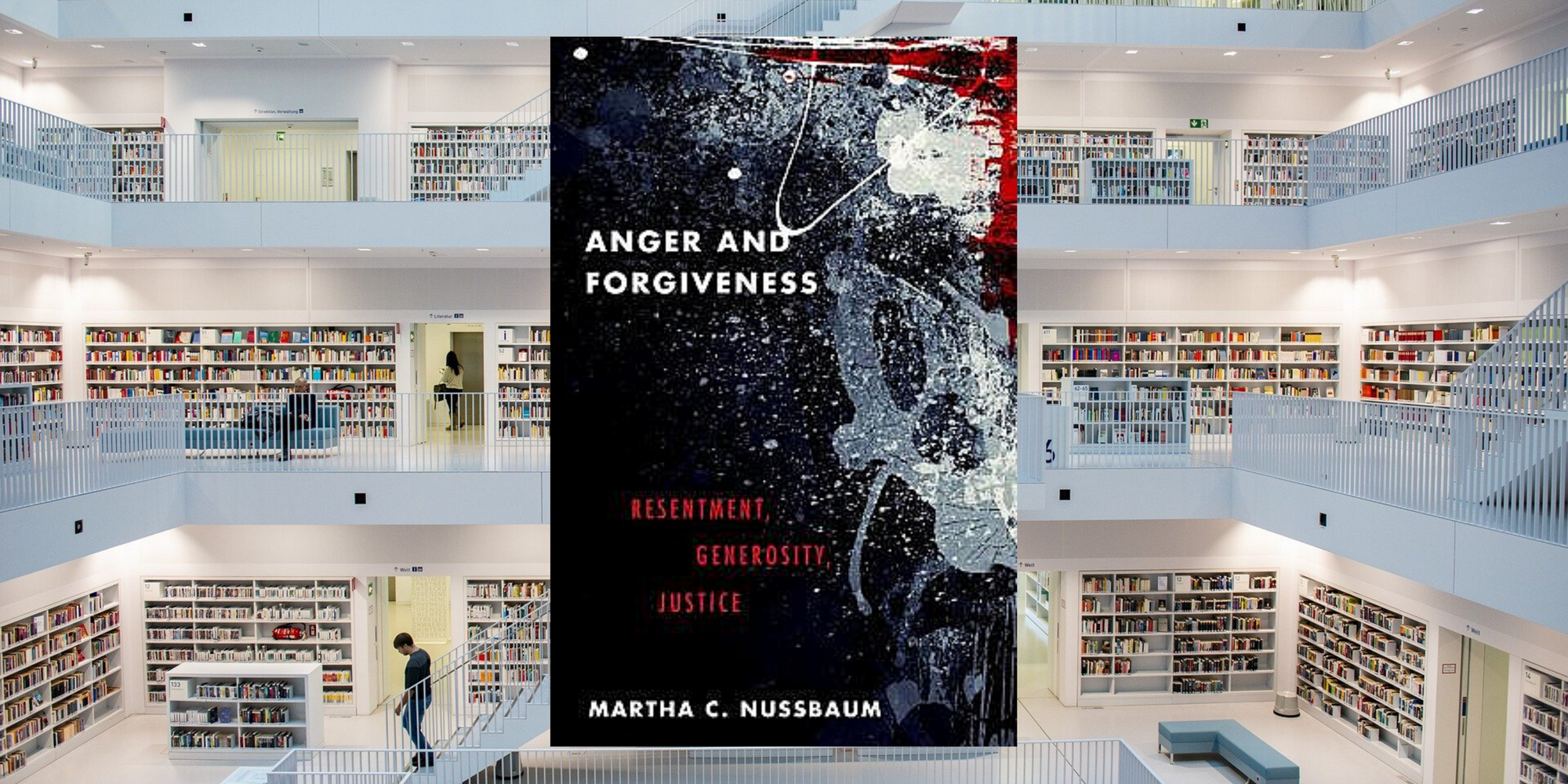
Anger and Forgiveness, by Martha Nussbaum:
Nussbaum claims in her book that people are generally confused about anger, about when they should be angry, if ever, and about the role it plays in both public and private life. Most striking (no pun intended) of all for me was her dissection of the current, retributive criminal justice system. We seem to have this erroneous belief that if we make someone else suffer for what they’ve done to us, or to our community, this will make the first injury somehow disappear.
But even in the private sphere, we have so many ill-conceived notions about anger, so many half-formed thoughts, and vague ideas about what it’s good for and where its limitations lie, which make it so urgently necessary that we clarify our thinking before we let anger spin out of control, and let forgiveness lose its redemptive power.
For example, if you don’t get angry, do you really care? Do you have an ethical obligation to get angry at injustice? Or does your anger invariably cloud your judgment? If you don’t get angry, will you ever have the requisite motivation to change and improve your life?
Where forgiveness is concerned, is it really the best way of transcending anger? Or does it sometimes cheapen itself by disposing us towards projects of humiliation and diminishment of the “other” as a condition of abolishing our anger? Is forgiveness always good everywhere, and anger always bad everywhere? We need a closer look. We need Nussbaum.
Sample Quotes from the Book:
“Our institutions should model our best selves, not our worst. They should exemplify adulthood, even if we are often children.”
“To the extent that a culture encourages people to feel vulnerable to affront and down-ranking in a wide variety of situations, it encourages the roots of status-focused anger.”
“My account of social welfare, then, requires any governmental use of coercion to satisfy very demanding constraints: it must be compatible with equal dignity and non-humiliation, it must be accompanied by public acknowledgment of the seriousness of wrongdoing, and it must be justified to the person involved as only one part of a much more comprehensive project in which we reasonably aim to promote social welfare.”
Read the Full Breakdown: Anger and Forgiveness, by Martha Nussbaum
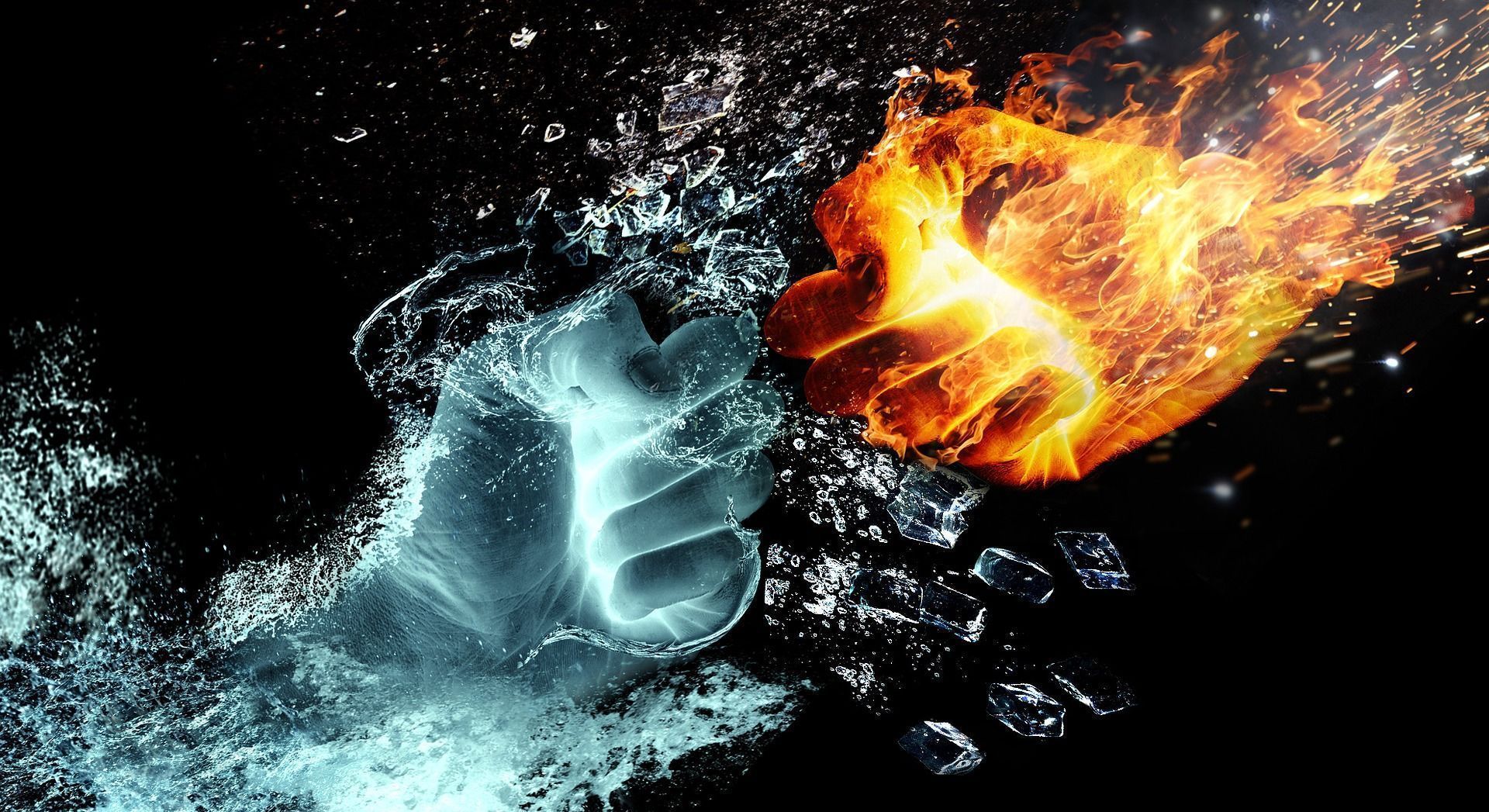
The View from the Opposition:
No one's ideas are beyond questioning. In this section, I argue the case for the opposition and raise some points you might wish to evaluate for yourself while reading this book.
#1: How Can You Have a Book About Imagery...Yet Not Include Any Imagery?
This is something that many people have noticed while reading Regarding the Pain of Others: it doesn't have any pictures! However, Susan Sontag was too intelligent and perspicacious for this to have been an oversight.
She wants us to consider her arguments by themselves, without being subtly influenced by previewing the images she discusses.
Her arguments stand alone - without the intervention of images - and her book is a sort of "sensory deprivation" experience where we're forced to engage with our own thoughts and feelings and come to our own conclusions.
#2: There is a "We," and it's "Us"
Sontag claims that no "we" can be taken for granted when the subject is other people's pain, but I would argue that there is an important "we" that we lose sight of to our detriment. That "we" is, of course, humanity in general, the total collection of conscious beings with whom we share the earth.
Everybody on the planet wants to experience pleasure and avoid pain. This is basic, fundamental. But we're also so intimately connected with one another that we're damn near forced to think and behave as a collective "we." To do anything less is extraordinarily dangerous, for the challenges of the world are too great.
We are interdependent, and the "we" that includes "people who care about their lives going better" includes virtually all of us. Even if we don't always remember this, it's still valid, in exactly the same way that the furniture in a room doesn't disappear just because you've turned off the lights.
"The test of a first-rate intelligence is the ability to hold two opposed ideas in the mind at the same time and still retain the ability to function.”
-F. Scott Fitzgerald

Questions to Stimulate Your Thinking:
The quality of your questions determines the quality of your life. That's also how you get the absolute most out of any book that you decide to read:
You ask great questions the whole time - as though the book was on trial for its life.
Here in this section are a few questions that can help guide and stimulate your thinking, but try to come up with your own additional questions, especially if you decide to read this book the whole way through...
#1: "Is there a difference between viewing images of other people's pain and suffering in a museum, and viewing them on social media or in a magazine?"
#2: "Where is the best place in which to view these tragic, horrific images? Why is it better or worse than some other place?"
#3: "Are you more or less likely to trust a photo you see on social media, or one that's published in a major newspaper?"
#4: "What do you think are the moral obligations of the photographers before, during, and after capturing someone else's worst, most private and painful moments on film or video?"
#5: "What responsibilities do we have, once our sympathies have been stirred by the viewing of such sensitive images? Can we reasonably be required to help as much as we can? Or do we have no such obligation to help others? Why or why not?"
"Judge a man by his questions, rather than by his answers."
-Voltaire
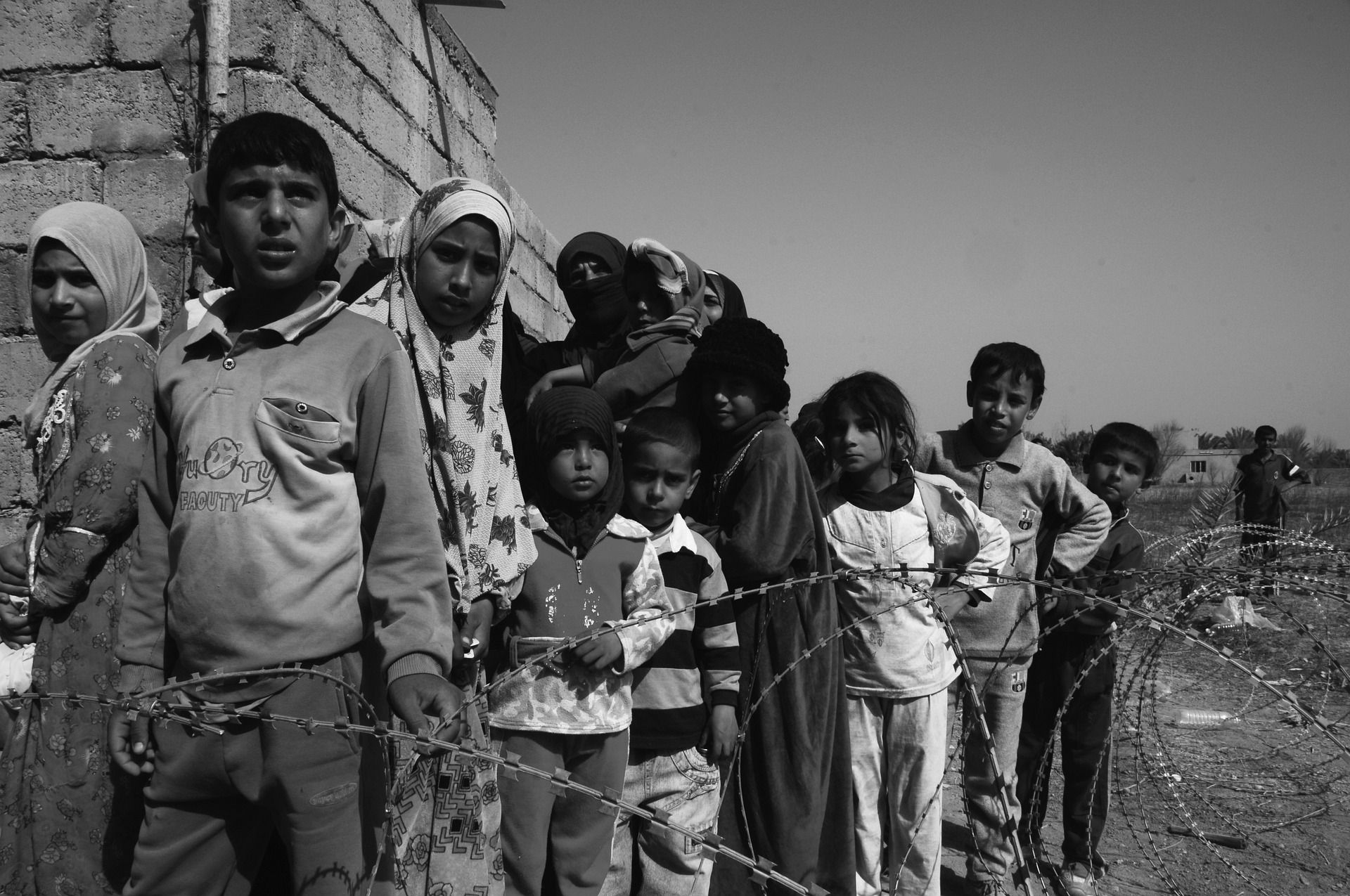
Action Steps:
So you've finished reading. What do you do now?
Reading for pleasure is great, and I wholeheartedly support it. However, I am intensely practical when reading for a particular purpose. I want a result. I want to take what I've learned and apply it to my one and only life to make it better!
Because that's really what the Great Books all say. They all say: "You must change your life!" So here, below, are some suggestions for how you can apply the wisdom found in this breakdown to improve your actual life.
Please commit to taking massive action on this immediately! Acting on what you've learned today will also help you solidify it in your long-term memory. So there's a double benefit! Let's begin...
#1: Keep the Mind Awake
The worst thing you could let happen to you is to let yourself become numbed to the pain of others. We need to feel something when we "regard the pain of others," and not to be able to do so feels like a diminishment of one's own humanity.
That being said, our capacities to help and be helped are finite, and we can easily overextend ourselves by strongly empathizing with everyone and "giving our emotions away" to everyone who tries to lays claim on them. Not to mention the fact that when you're easily swayed by these entreaties, you open yourself up to manipulation.
So what is to be done? Start by keeping the mind awake, and never abandoning your power to feel. A balance needs to be struck, but there is a balance. Maintain the ability to feel and care deeply about other people and their pain and their welfare, but aim to protect yourself too.
"The path to success is to take massive, determined action."
-Tony Robbins


About the Author:
Susan Sontag was born in New York City on January 16, 1933, grew up in Tucson, Arizona, and attended high school in Los Angeles. She received her B.A. from the College of the University of Chicago and did graduate work in philosophy, literature, and theology at Harvard University and Saint Anne’s College, Oxford.
Her books, all published by Farrar, Straus & Giroux, include four novels, The Benefactor, Death Kit, The Volcano Lover, and In America; a collection of short stories, I, etcetera; several plays, including Alice in Bed and Lady from the Sea; and nine works of nonfiction, starting with Against Interpretation and including On Photography, Illness as Metaphor, Where the Stress Falls, Regarding the Pain of Others, and At the Same Time. In 1982, FSG published A Susan Sontag Reader.
Ms. Sontag wrote and directed four feature-length films: Duet for Cannibals (1969) and Brother Carl (1971), both in Sweden; Promised Lands (1974), made in Israel during the war of October 1973; and Unguided Tour (1983), from her short story of the same name, made in Italy. Her play Alice in Bed has had productions in the United States, Mexico, Germany, and Holland. Another play, Lady from the Sea, has been produced in Italy, France, Switzerland, Germany, and Korea.
A human rights activist for more than two decades, Ms. Sontag served from 1987 to 1989 as president of the American Center of PEN, the international writers’ organization dedicated to freedom of expression and the advancement of literature, from which platform she led a number of campaigns on behalf of persecuted and imprisoned writers.
Her stories and essays appeared in newspapers, magazines, and literary publications all over the world, including The New York Times, The New Yorker, The New York Review of Books, The Times Literary Supplement, Art in America, Antaeus, Parnassus, The Threepenny Review, The Nation, and Granta. Her books have been translated into thirty-two languages.
Among Ms. Sontag's many honors are the 2003 Peace Prize of the German Book Trade, the 2003 Prince of Asturias Prize, the 2001 Jerusalem Prize, the National Book Award for In America (2000), and the National Book Critics Circle Award for On Photography (1978). In 1992 she received the Malaparte Prize in Italy, and in 1999 she was named a Commandeur de l'Ordre des Arts et des Lettres by the French government (she had been named an Officier in the same order in 1984). Between 1990 and 1995, she was a MacArthur Fellow.
Ms. Sontag died in New York City on December 28, 2004.
Additional Resources:
Susan-Sontag.com | Main Website
Susan Sontag on Regarding the Pain of Others
This Book on Amazon:
Regarding the Pain of Others, by Susan Sontag
If You Liked This Book:
On Photography, by Susan Sontag
In America: A Novel, by Susan Sontag
Against Interpretation: And Other Essays, by Susan Sontag
A Bed for the Night: Humanitarianism in Crisis, by David Rieff
A Room of One's Own, by Virginia Woolf
An Imperfect Offering: Humanitarian Action for the Twenty-First Century, by James Orbinski
